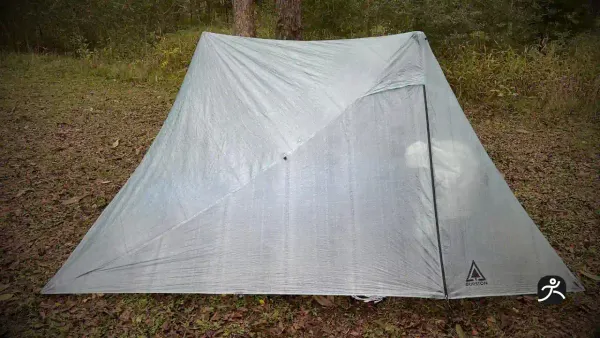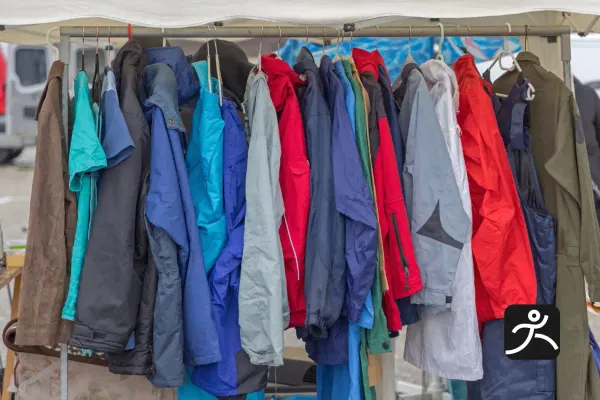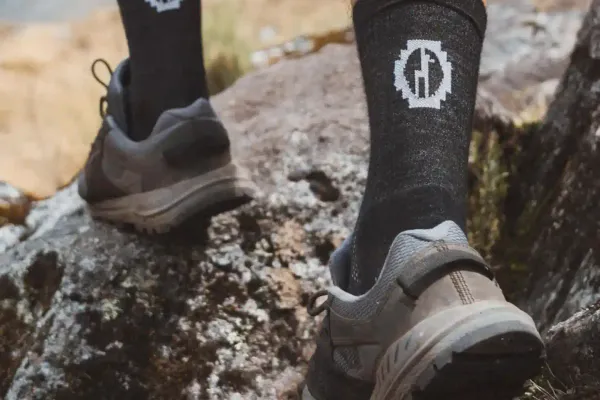Mastering Quilt Selection: Elevate Your Fastpacking Experience
A comprehensive guide on choosing the perfect backpacking quilt for fastpacking, ensuring warmth, lightweight comfort, and efficiency—discover all the essentials now!
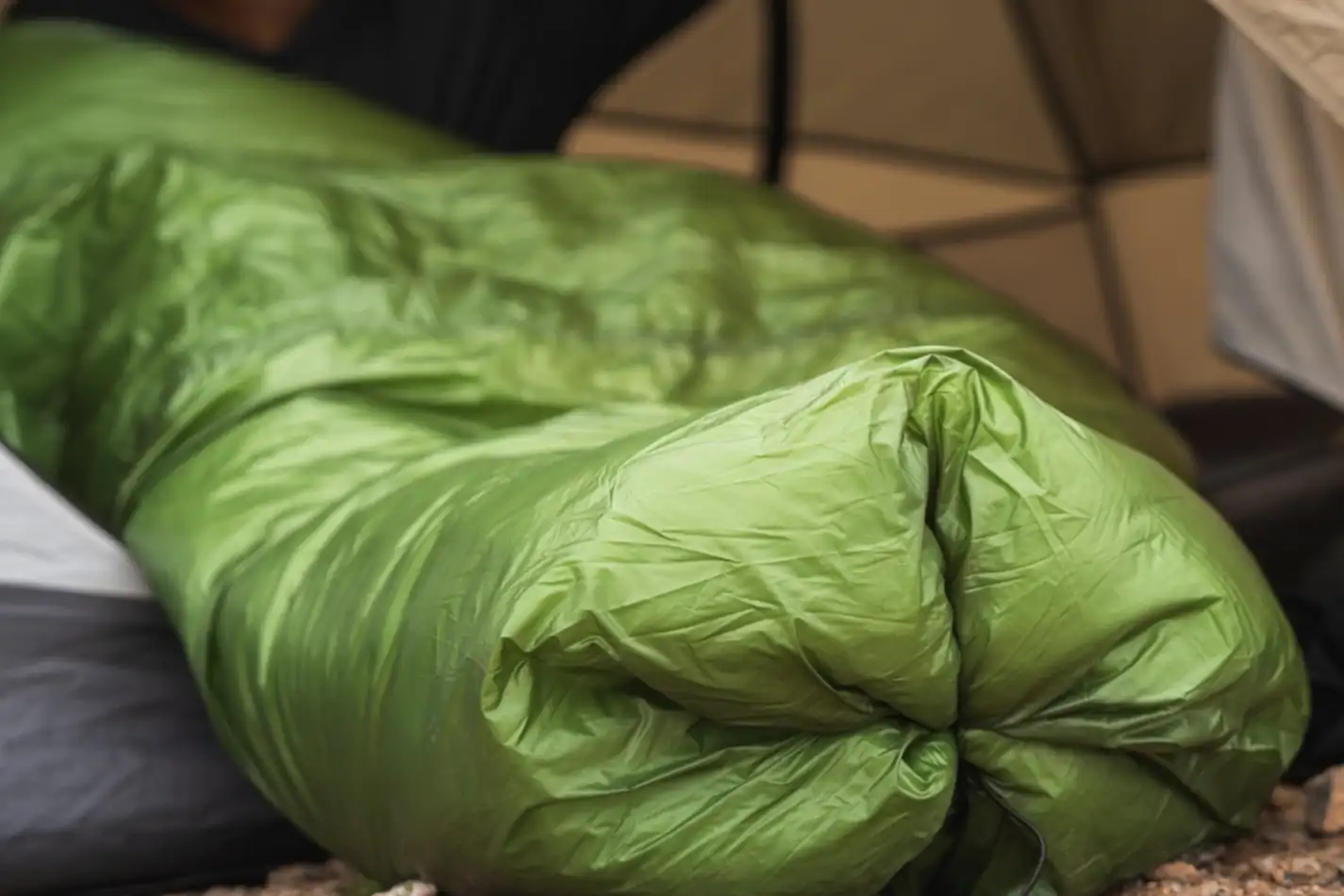
When you're gearing up for a fastpacking choosing the right backpacking quilt is vital for comfort and efficiency on the trail. You'll need to consider factors like weight, insulation type, and temperature rating, but it's not just about grabbing the lightest option.
What about extras like footboxes and pad straps? These can make a significant difference in keeping you warm and minimizing drafts. To make an informed decision, it's imperative to take into account how each feature impacts your overall experience.
Curious about how to balance these elements for the best outcome? Dive in and learn how to choose a backpacking quilt by considering weight, insulation type, and temperature rating for optimal trail performance by reading on.
Demystifying Backpacking Quilts for Fastpacking
When you're selecting a backpacking quilt, it's crucial to understand how its design and features can impact your overall comfort and performance. Backpacking quilts are insulated blankets tailored for ultralight gear setups, offering significant weight savings.
Unlike traditional sleeping bags, quilts provide more freedom of movement and are compatible with sleeping pads, ensuring you stay warm without extra bulk. Key design features include footboxes and pad straps, which help secure the quilt to your sleeping pad, preventing drafts.
Choosing the best quilt involves considering temperature ratings and customizable options to match your specific needs.
By understanding these elements, you can select a quilt that enhances your backpacking experience, making it both efficient and comfortable.
Down vs Synthetic Insulation: Which is Best for Your Fastpacking Needs?
When weighing between down and synthetic insulation for your backpacking quilt, you'll want to take into account weight and packability, warmth and performance, and cost and availability.
Down quilts are lighter and compress smaller, making them excellent for minimizing pack weight, but synthetic quilts perform better in wet conditions and are usually more affordable.
Think about your specific needs and conditions to decide which insulation type is right for your fastpacking runs.
Balancing Weight and Weather Resistance
Choosing between down and synthetic insulation for your backpacking quilt hinges largely on the importance you place on weight and packability.
On the other hand, synthetic insulation is more budget-friendly and retains warmth even when wet, providing reliability in damp conditions. Here's why down might be worth considering:
- Higher fill power options
- Better warmth-to-weight ratio
- Exceptional compressibility
- Ideal for ultralight backpacking
- Reduced pack weight
Ultimately, your choice will depend on whether you prioritize weight and packability or budget and moisture resistance.
Performance Insights: Comparing Down and Synthetic Insulation
Understanding the warmth and performance differences between down and synthetic insulation can help you make an informed decision for your backpacking quilt.
Down insulation, with high fill power like 850 or 950, offers an excellent warmth-to-weight ratio, making it perfect for ultralight gear and fastpacking. Down quilts are highly compressible and packable, ideal for saving space in your backpack.
However, synthetic insulation retains warmth even when wet, providing reliable performance in damp conditions. Synthetic quilts are easier to clean and maintain, which is beneficial for extended trips.
When considering a backpacking quilt, down is suited for high-performance and ultralight needs, while synthetic is better for budget-friendly options and wet weather expeditions, each with distinct temperature ratings.
Budget-Friendly Backpacking Quilts: Maximizing Value Without Compromising Quality
For many the cost and availability of down versus synthetic insulation can be a deciding factor in choosing the right quilt for their adventures. Down insulation usually costs more but offers a better warmth-to-weight ratio and longer lifespan. Synthetic insulation is more affordable, retains warmth when wet, and dries faster. When selecting a quilt, consider:
- Down fill power: Higher fill powers like 850 or 950 provide better insulation.
- Fill weight: Affects the quilt's overall warmth and packability.
- Ethical considerations: Choose Responsible Down Standard (RDS) certified down for sustainable sourcing.
- Availability: Check for the availability of different down fill options.
- Fastpacking needs: Balance weight, warmth, and cost for your specific requirements.
These factors can help you make an informed decision.
Understanding Temperature Ratings for Optimal Comfort in Backpacking Quilts
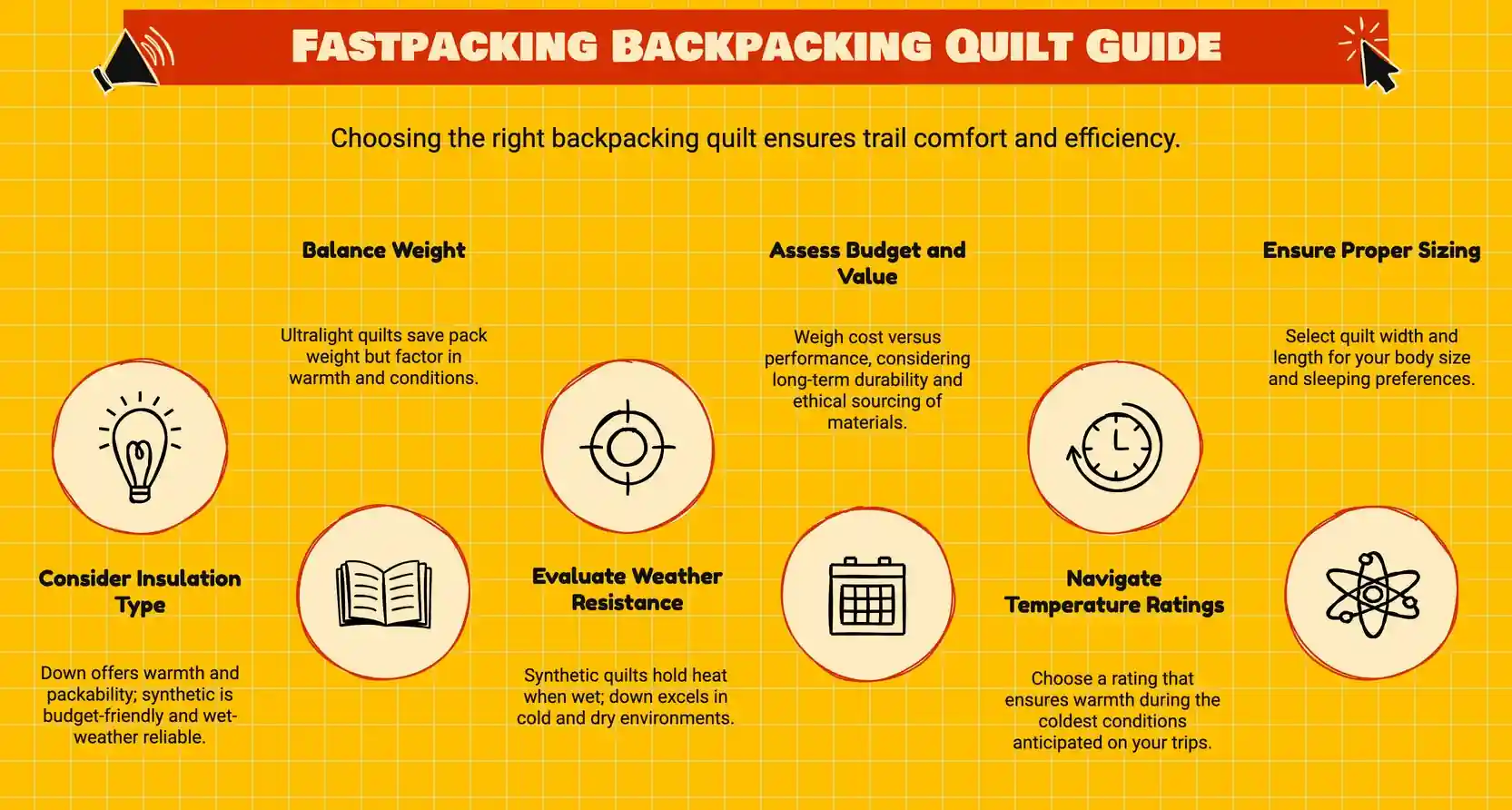
When selecting the right temperature rating for your backpacking quilt, consider the average low temperatures of your trips to guarantee you stay warm and comfortable.
A backpacking quilt with temperature ratings around 20°F offers versatility for various seasons, balancing warmth and weight. Opt for a quilt with a rating slightly below the expected low temperatures to make sure comfort during unexpected cold snaps.
Lower temperature ratings provide more warmth but can be heavier and less versatile in warmer weather. Understanding EN/ISO ratings helps match your quilt selection to your comfort preferences and expected conditions.
Tailoring Your Backpacking Quilt: Size and Fit Essentials
Proper sizing and fit are essential to guarantee that your backpacking quilt offers the required warmth and comfort during your outdoor adventures. When selecting a backpacking quilt, consider the following aspects to ensure ideal quilt coverage and adaptability:
- Quilt width: Aim for at least 54 inches for ground sleepers to accommodate various sleeping positions.
- Quilt length: Make sure the quilt reaches at least your neck when your legs are fully extended.
- Extra length: Provides versatility for tucking your face or keeping your head warm.
- Shoulder width: Wider quilts accommodate broader shoulders and different sleeping postures.
- Flexibility: A wider and longer quilt offers comfort and flexibility for diverse sleeping preferences and body sizes.
These considerations are essential for fastpacking trips to maximize comfort and flexibility.
Critical Design Elements for High-Performance Backpacking Quilts
After confirming your quilt's sizing and fit, focus on important design features that enhance its functionality and comfort. Look for a quilt like the Katabatic Flex 40, which offers a reliable pad attachment system to keep drafts out and guarantee a snug fit with your sleeping pad.
Make sure it has a draft collar and vertical baffles to trap heat efficiently, crucial for maintaining quilt temperature. A differential cut enhances comfort, while a water-resistant finish protects in damp conditions.
For hoodless sleeping, check for features like neck drawstrings to improve insulation. A gear review might highlight internal pockets for essential storage. These design features combine to create a more comfortable and effective fastpacking sleep system.
| Gear Option | Weight | Price |
|---|---|---|
| Katabatic Flex 40°F Quilt | 17.8 oz | 505 g | $349.00 |
| HMG 40°F Backpacking Quilt | 14.4oz | 408g | $399.00 |
| Zpacks Summer Quilt 40°F | 9.7 oz | 276 g | $339.00 |
| Feathered Friends Flicker 40 UL | 18.5 oz | 526 g | $469.00 |
Maximizing Weight Savings: Ultralight Backpacking Quilts for Fastpacking
Weight and packability are paramount when selecting a backpacking quilt for fastpacking trips. Ultralight quilts like the Zpacks Summer Quilt, weighing just 9.7oz, are ideal for minimizing your load.
Compare options like the Katabatic Flex 40 at 17.8oz and the HMG 40 at 14.4oz to find the best fit for your needs. The Feathered Friends Flicker 40 UL balances weight and insulation at 18.5oz, making it versatile for various conditions.
For a synthetic option, consider the Enlightened Equipment Apex Revelation 40, weighing 18.77oz.
Key considerations include:
- Weight: Keep it as low as possible.
- Packability: Ensure it compresses easily.
- Insulation: Choose based on your trip's conditions.
- Material: Down vs synthetic.
- Brand reputation: Trusted brands like Katabatic and Zpacks.


